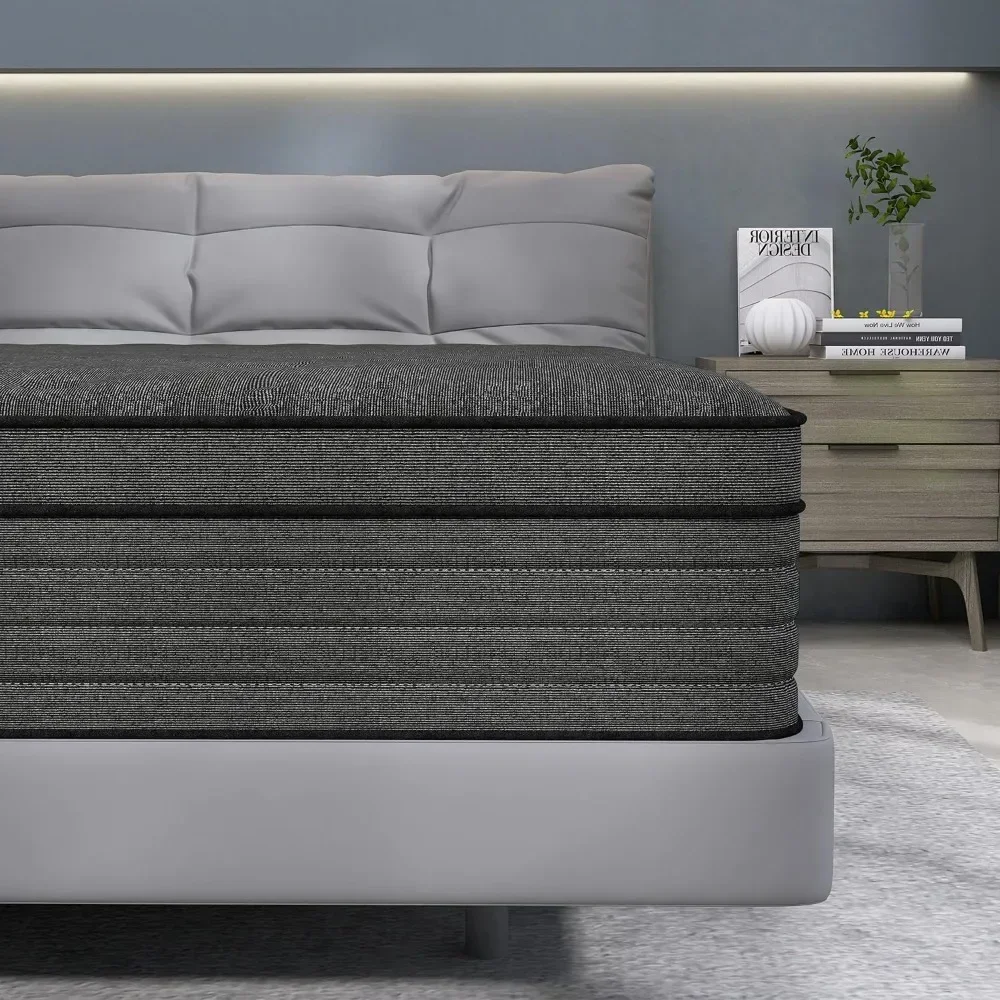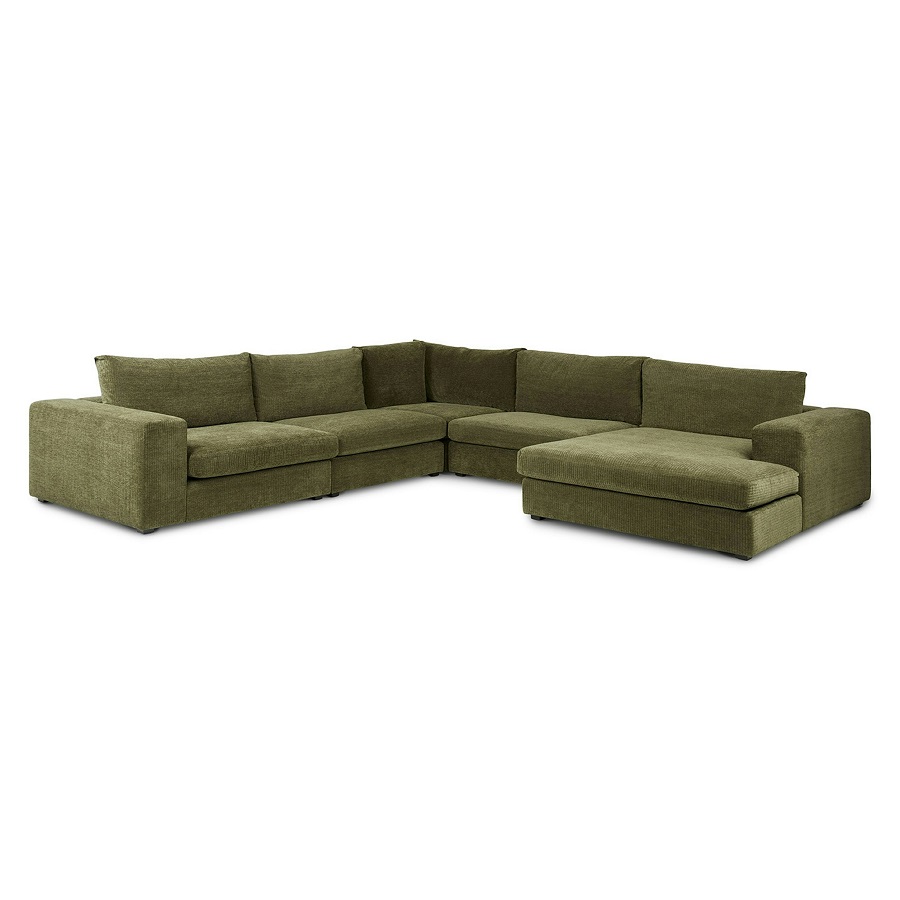What is Fiberglass and Its Use in Mattresses
Fiberglass is a strong, lightweight material. It combines glass and reinforced plastic. Mattress makers often use this mix, mainly for memory foam mattresses and covers. It has a big plus – it’s malleable yet tough. This makes working with it easy for manufacturers. And because it’s cheap, mass production costs less.
Fiberglass acts well as a flame retardant, too. This is vital, as many mattresses can catch fire quickly, especially ones made of memory foam. If there’s a fire, fiberglass stops the mattress from igniting right away. Instead, it melts, forming a barrier that slows down the flame’s spread. This buys time, helping to keep the rest of the mattress and nearby items safe.
In 2007, the Consumer Product Safety Commission set a rule. They required all mattresses to resist open flames better. Fiberglass became a popular choice for this. It’s cheaper than other safe materials like cotton, wool, rayon, and latex.
The Risks of Fiberglass in Mattresses
Despite the practicality of fiberglass in mattresses, there’s growing concern about its safety.
Health Concerns Linked to Fiberglass Exposure
Exposure to fiberglass can harm health. If fiberglass escapes a mattress, it can cause skin irritation, respiratory issues, and other harmful effects. Microscopic fibers can cut skin and inflame lungs if breathed in. Handling it, even by accident, could lead to itchy rashes or worse.
Environmental and Home Hazards
Once fiberglass is free from a mattress, it can be tough to contain. It often spreads through the air and settles all over homes, clinging to fabrics and surfaces. It can even get into air systems, making clean-up efforts difficult and sometimes costly. Tiny fibers might stay hidden yet still pose risks to all who come near.
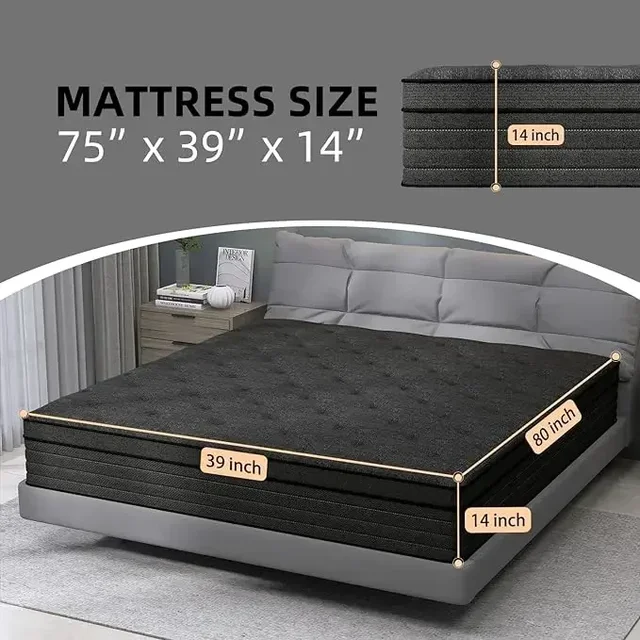
Identifying Fiberglass in Your Mattress
Detecting fiberglass in your mattress needs careful attention. Knowing what to watch for can alert you to its presence.
Price and Material Indicators
Budget-friendly mattresses often use cheaper materials like fiberglass for flame resistance. A low cost can signal fiberglass inside. Look closely at materials listed. If you see ‘glass fibers’, ‘silica’, or similar terms, it may contain fiberglass.
Labels and Certifications
Mattress labels or tags give valuable info. They should list materials used, including flame retardants. Mind certifications like CertiPUR-US; they may only apply to foam, not covers. Labels should be clear on fiberglass content.
Questions to Ask Manufacturers
Unsure about materials? Reach out to the maker. Asking direct questions about fire barriers can clarify doubts. Avoid vague answers; transparency is key. If details are missing, consider other choices for safety’s sake.
Fiberglass Alternatives and Fire Safety Standards
When choosing a mattress, safety and materials count. Some seek alternatives to fiberglass.
Natural Flame Retardants
Natural options like wool and cotton act as safe flame barriers. They don’t pose the same risks as fiberglass. Other materials like rayon and latex also serve as fire retardants. These tend to cost more but offer peace of mind.
Mattress Construction Without Fiberglass
Many brands now make mattresses without any fiberglass. They use foam treated for fire safety instead. This makes them safer for both your health and the environment. Always check for fiberglass-free labels when shopping.
Legal and Consumer Responses to Fiberglass in Mattresses
Legislation and Lawsuits
Governments and individuals have responded to the risks posed by fiberglass in mattresses. In some regions, legislators have proposed laws to ban the use of fiberglass in bedding products. Concern over health hazards has led to legal action, with class action lawsuits filed against mattress companies. These suits claim damages from fiberglass exposure. Plaintiffs cite respiratory ailments, skin irritation, and extensive property contamination.
In California, a bill aims to outlaw fiberglass in mattresses and upholstered furniture. This shows a growing push for tighter regulations. As consumers raise concerns, legal scrutiny on manufacturers grows. The outcome may influence industry standards and safety protocols.
Consumer Complaints and Actions
Awareness has risen, thanks in part to social media and personal stories. Consumers report negative experiences with fiberglass shedding from mattresses. Tales of sneezing, itching, and widespread home contamination highlight the risks. Online platforms buzz with advice on identifying and coping with fiberglass mattresses.
Affected buyers have filed complaints with consumer protection agencies. They seek accountability and urge others to be cautious. Some have taken to checking labels, researching materials, and contacting manufacturers before buying. The call for clear labeling and safer materials is stronger than ever. As a result, the mattress industry faces pressure to change and offer safer products.
In summary, as awareness of the risks associated with fiberglass in mattresses grows, so does consumer advocacy and legal action. Legislation, lawsuits, and consumer complaints reflect a decisive move towards safer bedding options and industry accountability.
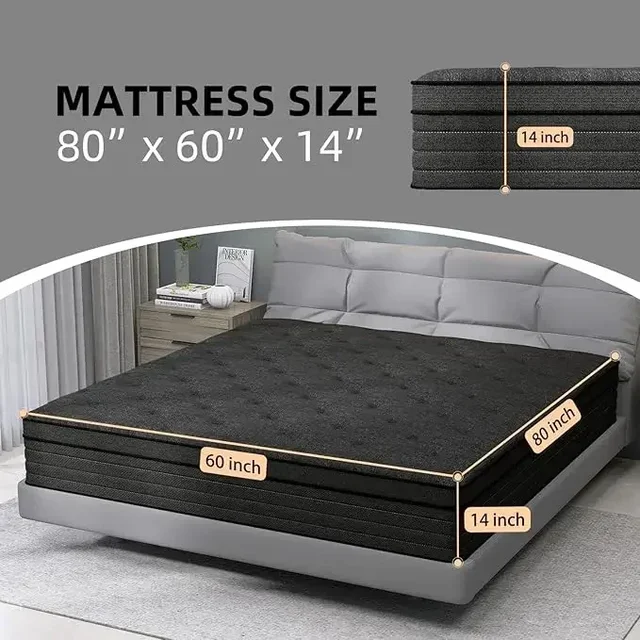
Guidelines for Buying and Maintaining a Mattress
Choosing the right mattress involves more than just comfort and price. You must also consider the materials used and how to look after your purchase to ensure safety and longevity.
Reading Labels and Asking Questions
When shopping for a mattress, read the labels carefully. Look for specific terms that indicate the presence of fiberglass, such as ‘glass fibers’ or ‘silica.’ Don’t rely on price alone as an indicator. If the label is unclear, contact the manufacturer. Ask direct questions about fire retardants and materials used. Companies should provide clear answers. If they don’t, it may be wise to look elsewhere.
Protective Measures and Mattress Covers
To keep your mattress in top condition, take preventive steps. Use a protective cover to shield your mattress from spills and dust. This also helps keep any potential fiberglass contained. Never remove the mattress cover if it’s not designed to be taken off. Taking off a cover that’s meant to stay on can release fiberglass and other particles. If your mattress cover is removable, handle it with care to avoid damage.
Remember to regularly clean your mattress. Follow the manufacturer’s cleaning instructions closely to avoid any unintentional exposure to harmful materials.
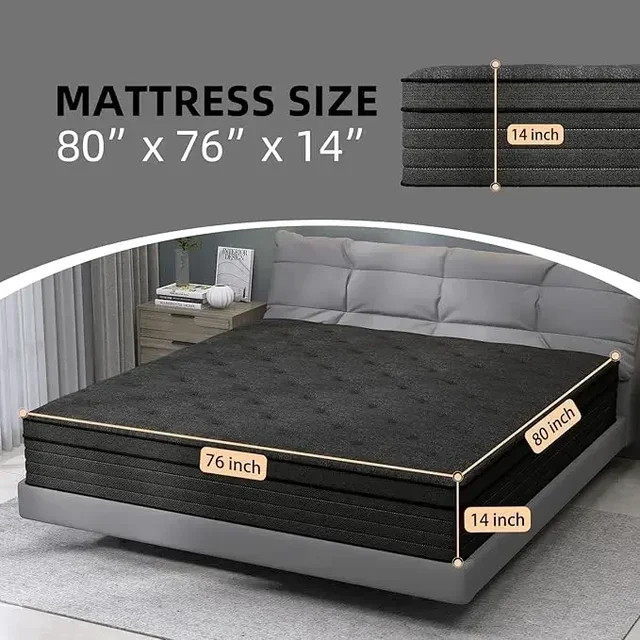
Moving Forward: Choosing Safe Mattress Options
Navigating the mattress market can be tricky, especially with safety concerns like fiberglass to consider. Safe mattress options are more than just comfortable – they need to be made without harmful materials.
Recognizing Chemical-Free Certifications
Look for chemical-free certifications when mattress shopping. These labels confirm no harmful chemicals, including fiberglass, are in the mattress. CertiPUR-US is one common certification, ensuring foams are made without ozone depleters, mercury, lead, or formaldehyde. Organic labels, like GOTS or GOLS, also signal a mattress made without risky chemicals.
Recommended Fiberglass-Free Mattresses
When it comes to selecting a fiberglass-free mattress, go for trusted brands. Many companies now advertise their mattresses as free from fiberglass and harmful flame retardants. Examples include mattresses with natural fire barriers like wool or plant-based fibers. They may cost more, but the added safety is worth it. Research online reviews and check for certifications to guide your decision. Remember to read labels and instructions to maintain your mattress’s condition and prolong its life.






